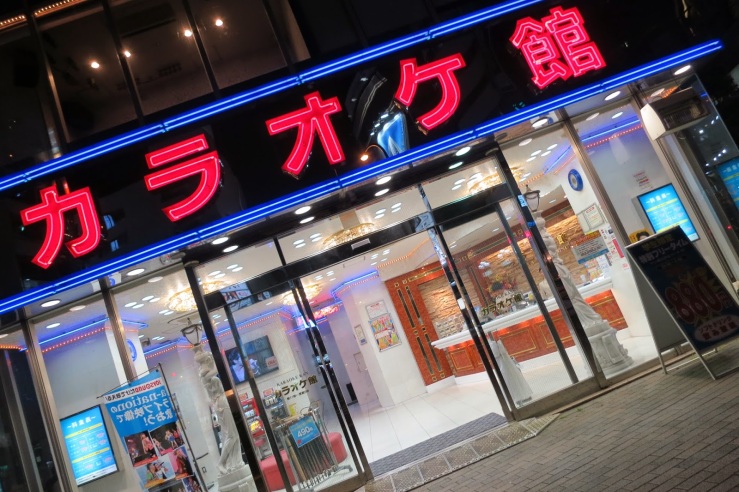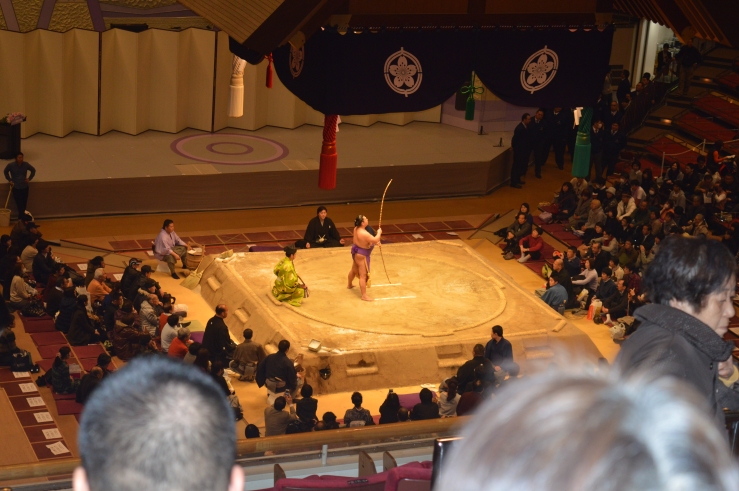The Japanese have an uncanny knack for making the undesirable desirable; fashions, tweeny pop bands and near-rabid animals to name a few. The typical cute animal is small, fluffy, usually white and docile enough to fit inside a seasonal costume but Japan have found a way to make a few hundred wild deers into loveable real-life bambis.
Everyone has heard of Kyoto and all its historical significance but what everyone hasn’t heard about is Nara, a town about an hour from Kyoto where deers rule the roads. Huge signs line the streets, paths, duel carriageways and bypasses highlighting the likely possibility of a stray deer holding up traffic. It’s a far(ish) walk from the station but bear with it because it’s definitely worth it. Make sure you don’t fall for the first pools of over-fed, under-exercised, lethargic deer you come across though , they’re reserved for the eager children and tired salarymen dads.
That is until you weave your way through the masses and find your way to the holy grail that is the Todaiji Shrine. A huge orphanage for scraggily deers, it sits surrounded by a park that stretches for miles. And Bambi and the rest of his crew have free reign. A Daibutsu, giant Budda, is enclosed in a hand built, beautiful, black and white, wooden building, the largest wooden building in the world.


Everything in it from the trees in the parks to the little wooden boat drifting on the lake to the deers themselves, are sacred. The deers are treated with more respect than most people give to their parents. The legend goes if you bow to them, they bow back in return of a cracker. Except this legend really is true, whether it really is because they are religious deities or just very clever animals who’ve realised a little nod here and them there gets them more food, they do bow and not just a flick of the neck. It’s a full Japanese bow, a full lowered neck and a bend at the knee.
Like extremely obedient children, they flaunt their way around the park bowing and eating, bowing and eating. If you’re lucky, or unlucky depending on how you feel about wild deers, you’ll get a relatively strong head butt to the back as they peer pressure you into feeding them. Feed one and they flock around you, usually lead by a matted haired, alpha deer.

It’s a surreal feeling being surrounded by animals that were once thought to be the extra-terrestrial messengers of God, especially when they’re begging for food like very terrestrail ill-cared for animals. But don’t despair, if it comes to it you can always throw your crackers in the opposite direction and run. We did…




















